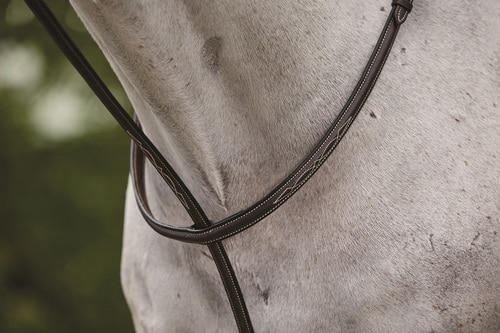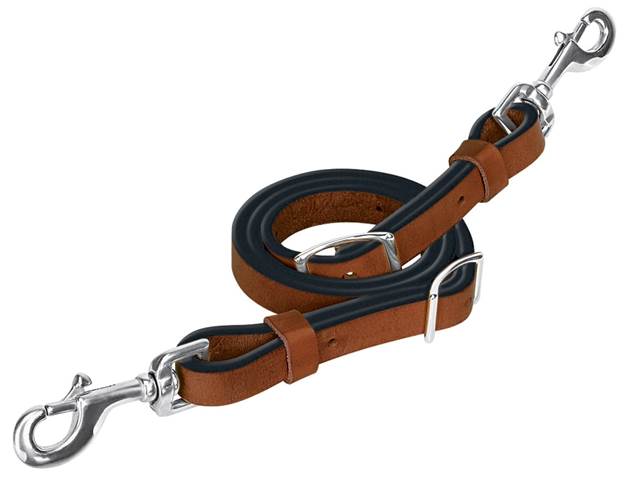What do Tie Downs & Martingales Do for a Horse?
Posted by Mary's Tack & Feed on 21st Jul 2021
Keeping control over your horse isn't a matter of being in charge. It's important for safety purposes since an uncontrolled horse can be dangerous. Two commons tools you can use for added control while riding are tie downs and martingales. If you're unfamiliar with these accessories or you simply want to learn more about them, this guide has you covered.
What Is a Tie Down for Horses?

The terms "martingale" and "tie down" are used almost interchangeably. However, there are a few different types that you should be aware of if you plan to use these horse accessories.
First, there are tie downs, which also called standing martingales. (Western riders typically say "tie down" while English riders say "standing martingale.") A tie down has a strap that goes around the neck as well as one that goes between the horse's legs, connecting the neck strap to the girth, and connects to the noseband.
Next, there is the running martingale. It involves the same setup as the standing martingale with one exception. Instead of the noseband being connected to a single strap, it has two straps with metal rings that the reins are threaded through.
A variation on the running martingale style is the German martingale, which has straps hooked through bit rings instead of rings that go around the reins. There is also a very simplified and streamlined variation called the Irish martingale, which has a single strap with a ring on each end through which the reins are threaded.
What Does a Tie Down Do for a Horse?

Across all type of tie downs/martingales, the common goal is to limit the extent to which a horse can raise its head. Part of this is for safety purposes; if the horse is flinging its head wildly, the rider can be put in danger and the horse could harm a person or animal standing nearby.
However, the main reason to stop the horse from raising its head too far up is for better control. Tiedowns and martingales help the rider by limiting the horse's range of motion. In certain competitions, limiting head movement can also improve a horse's performance. For example, when maneuvering around barrels in a rodeo competition, the horse is able to move more quickly and the rider can direct it into tighter turns.
How to Put a Tie Down on a Horse
The way a tie down or martingale is attached will depend on which style you choose. For example, with a classic tie down/standing martingale, the position of the neck strap is especially important. When the horse is standing still, the neck strap should be positioned in front of the horse's shoulders with the front strap reaching the hollow of the throat and under the horse's jaw to the caveson.
It's important to keep in mind that you may not always want to use tie downs and martingales on your horse. These tools can be used selectively depending on when it's necessary and the training level of the horse. If you're not sure which type of martingale or tie down is right for you and your horse, ask us! We're happy to help.
